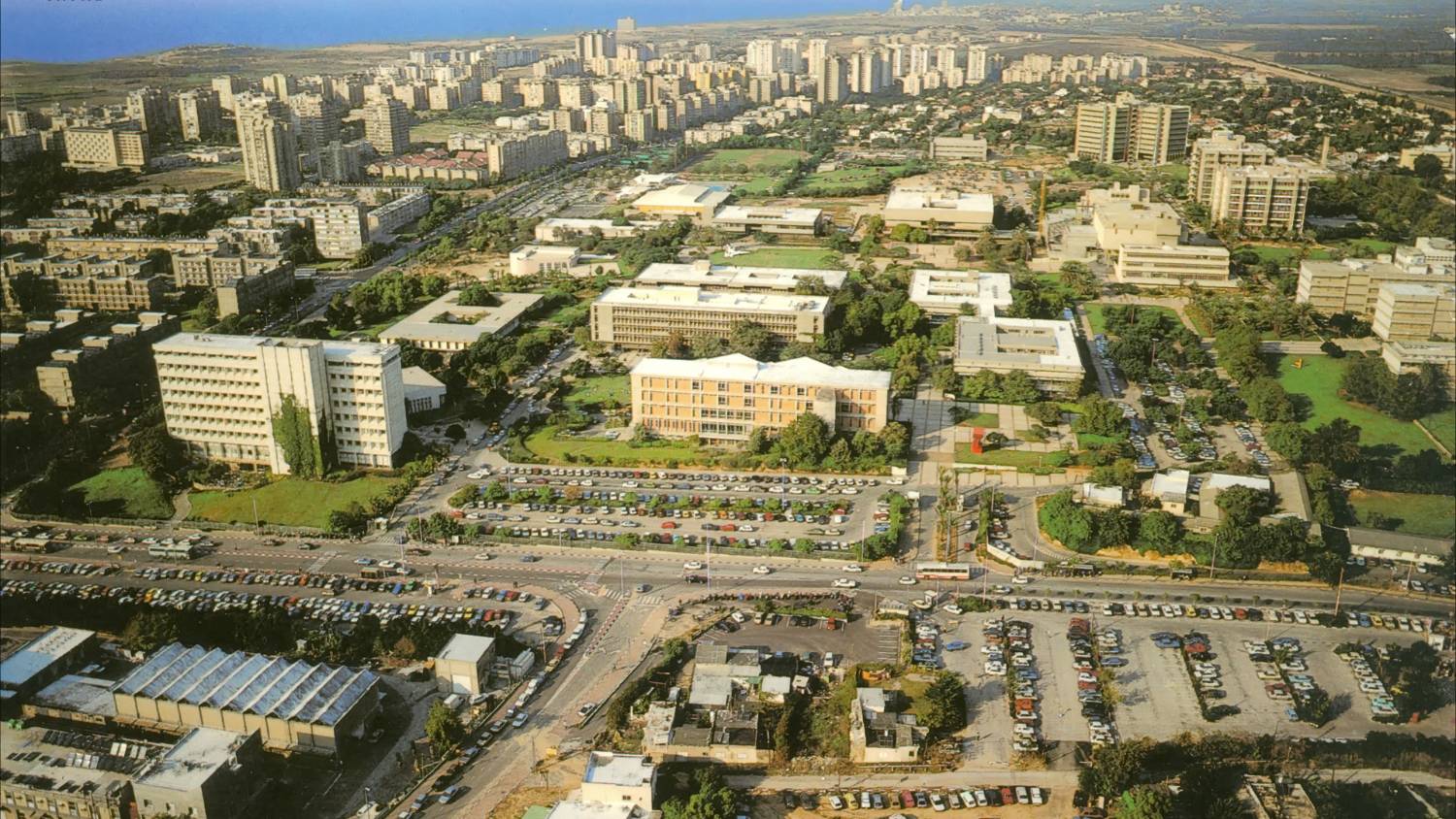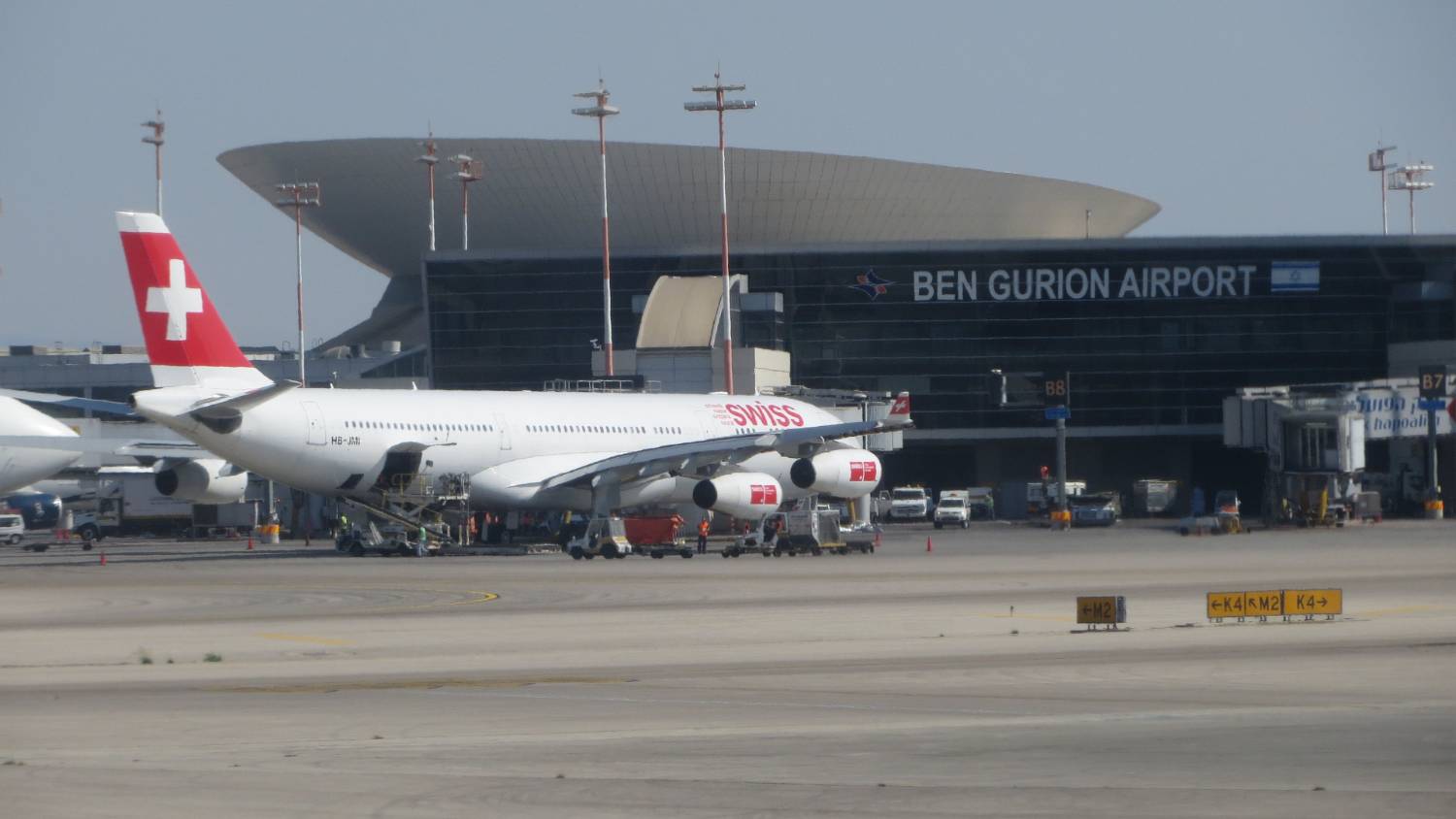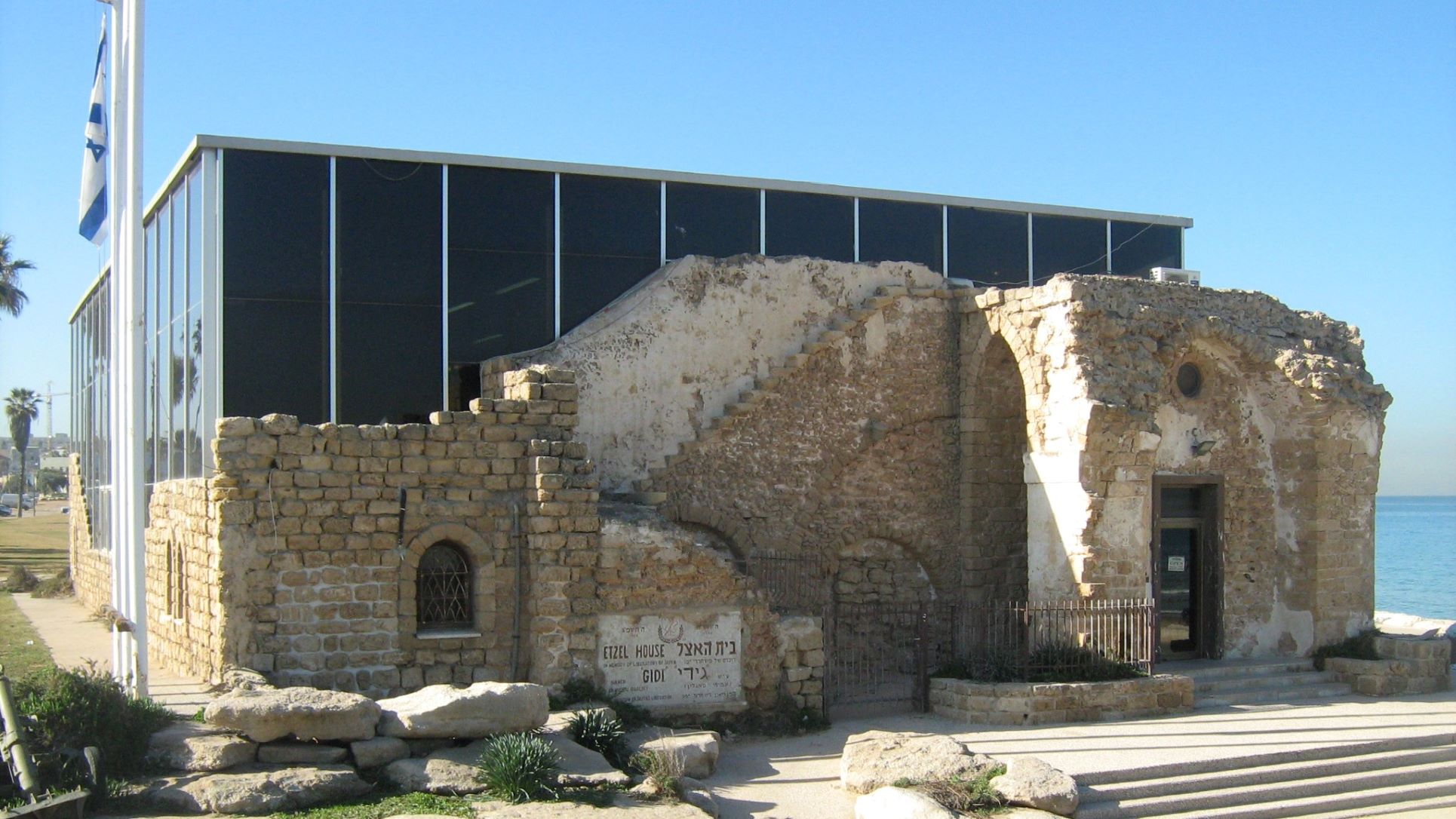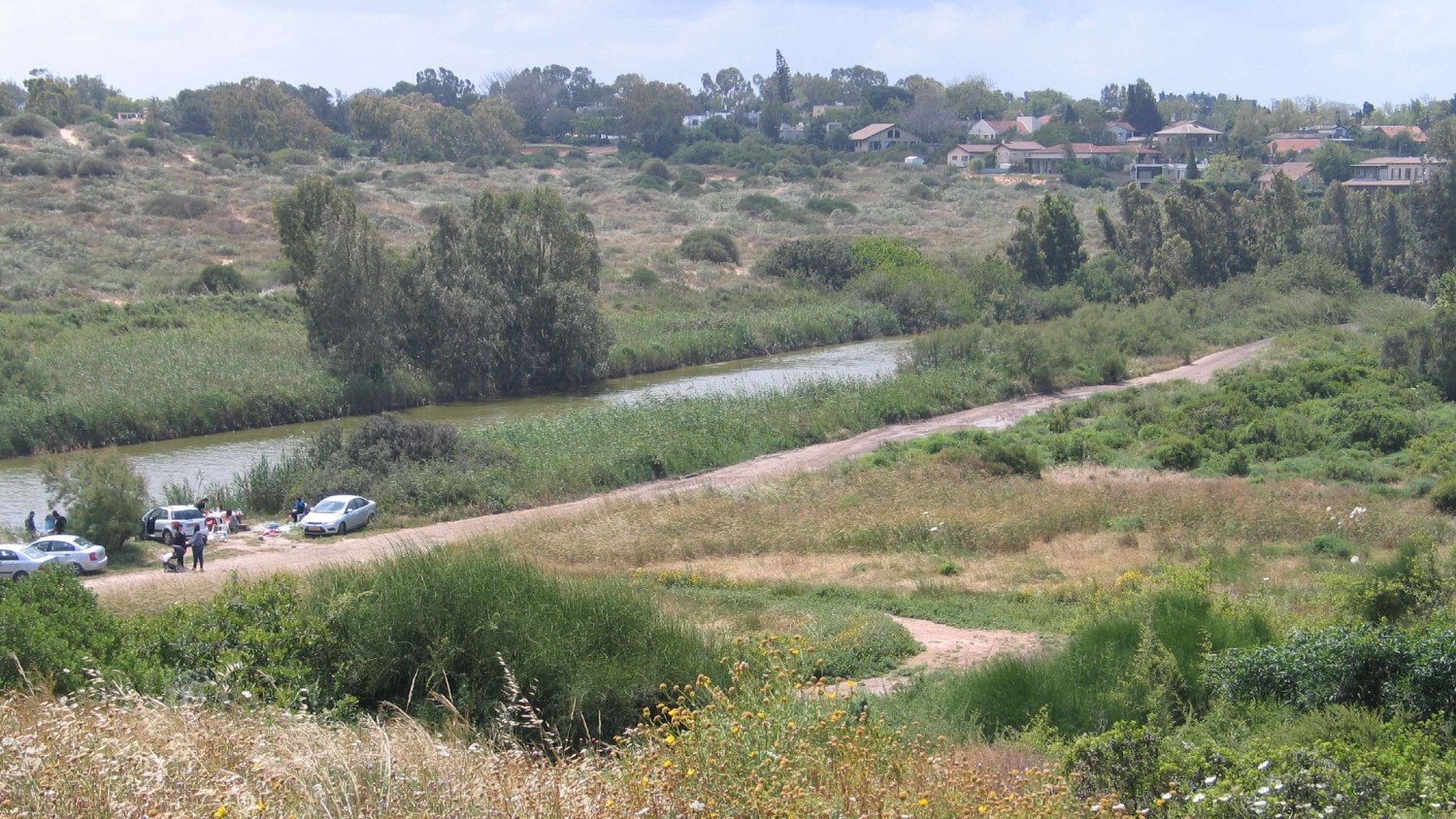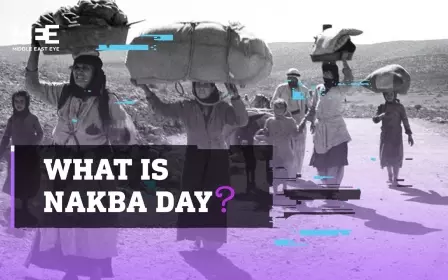Five Israeli landmarks built on the remains of Palestinian communities

Palestinians commemorate Nakba Day on 15 May, marking their expulsion from territory that now forms Israel in the run-up to its establishment in 1948.
Meaning "catstrophe", Palestinians consider the Nakba to be an ongoing process that began with the arrival of Zionist settlers at the turn of the twentieth century.
After the Balfour Declaration in 1917 and decades of British "Mandate" rule, Palestinians were slowly pushed out of their native lands, initially by purchase of land by Zionist groups and later, after the British withdrawal from Mandate Palestine, by force.
Around 700,000 Palestinians were expelled from their homes during the Nakba and were prevented from returning home by Israel.
Today they and their descendants number in the millions and still remain in exile, primarily in neighbouring Arab states.
New MEE newsletter: Jerusalem Dispatch
Sign up to get the latest insights and analysis on Israel-Palestine, alongside Turkey Unpacked and other MEE newsletters
The expulsion of Palestinians was followed by a process of erasure and Judaisation of areas newly acquired by Israel.
As a result, many Israeli landmarks and towns today are built on areas where Palestinians once resided.
Here Middle East Eye takes a look at just a handful of places where Palestinian villages once stood.
Tel Aviv University
The Palestinian village of Sheikh Muwannis was named after a holy man whose tomb was located within it.
Populated by members of the Abu Kish tribe, the villagers were known throughout historic Palestine for the oranges, bananas and watermelons they grew in their gardens.
After being earmarked for Jewish control under initially British and then later UN partition plans, residents of the village abandoned their homes in March 1948 under threat from Zionist militias.
After the arrival of Zionist fighters, much of the village's 2,000 strong population fled to the West Bank towns of Qalqiliya and Tulkarem.
Part of Tel Aviv University's campus was constructed on the site of the village in 1956.
Ben Gurion Airport
Millions fly into Israel every year through Ben Gurion Airport, named after Israel’s first prime minister David Ben-Gurion.
But before the airport existed, Lydda as the land was once called, was home to a mixed Palestinian community of Muslims and Christians and a smaller Jewish community.
Lydda - later renamed Lod - was meant to be a part of the Arab-Palestinian state, according to the UN partition plan, but was captured by Zionist forces before the declaration of Israel's statehood.
Tens of thousands of Palestinians, residents of Lydda, were later marched to the Jordanian border in what became known as the Lydda Death March in July 1948.
By 1973, a once small runway at the site had developed into an international airport.
Kfar Shaul Mental Health Centre
The Kfar Shaul psychiatric hospital was established in 1951 on the site of the village of Deir Yassin and incorporated some its abandoned buildings in its complex. Later Deir Yassin's graveyard was also destroyed to make way for a new road.
Located near Jerusalem, Deir Yassin is infamous for an Israeli massacre of around 100 residents in April 1948.
In the immediate aftermath of the massacre, some prominent Jews, including the philosopher Martin Buber, campaigned to leave Deir Yassin undeveloped as a tribute to those who had lost their lives in the massacre, but the suggestion was ignored by the Israeli authorities.
Today the Jerusalem suburb is part of Har Nof, a predominantly Orthodox Jewish residential district.
Etzel House
A museum in Tel Aviv dedicated to a Zionist paramilitary organisation that helped expel tens of thousands of Palestinians from their homes is itself built on a former Arab village.
Etzel was another name for the Irgun, one of the most hardline Zionist militias prior to the establishment of Israel, infamous for carrying out the King David Hotel bombing in 1946, which killed 91 people including British officials, Palestinians and Jews.
The building sits on the site of the razed Arab village of Manshiya, which was captured by the Irgun during an offensive around the Jaffa area in April 1948.
Manshiya is significant as it is the location of one of the few military engagements between Zionist forces and British troops after the establishment of Israel.
Nahal Alexander National Park
With a population of just over a thousand people, Wadi al-Hawarith was a Bedouin camping site situated northwest of what is today the Israeli town of Netanya.
Its Palestinian residents were forced to leave on the advice of British and irregular Arab forces after an ambush by Zionist militias in February 1948 left several Arab men dead.
The Bedouin had previously believed they would be left unharmed by Zionist forces.
Land once belonging to Wadi al-Hawarith's original residents was acquired by the Jewish National Fund under an absentee law and later incorporated into Nahal Alexander National Park.
This article is available in French on Middle East Eye French edition.
Middle East Eye delivers independent and unrivalled coverage and analysis of the Middle East, North Africa and beyond. To learn more about republishing this content and the associated fees, please fill out this form. More about MEE can be found here.


